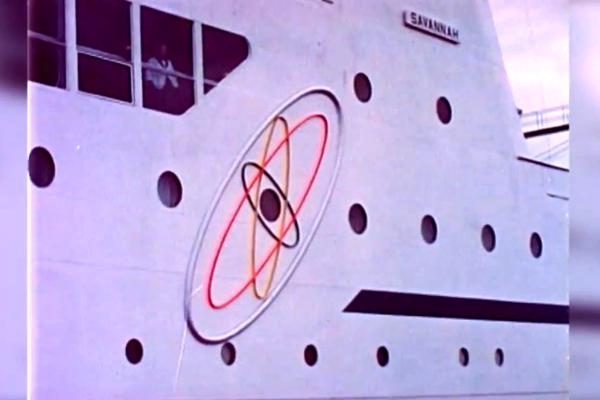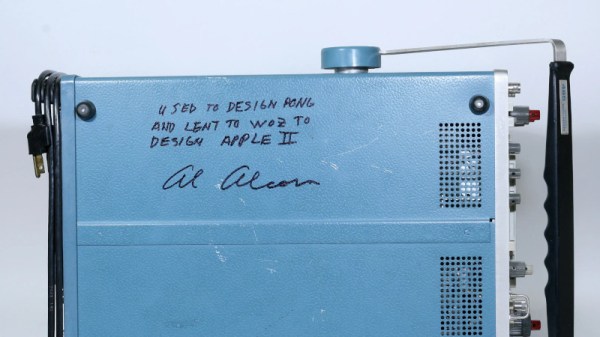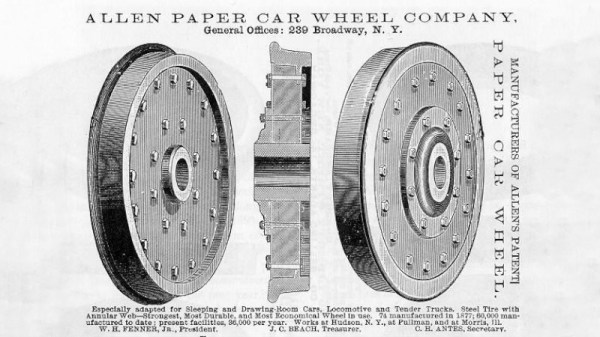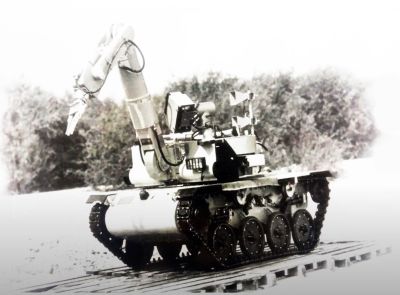The average modern cruise ship takes about 250 tons or 80,000 gallons of fuel daily. But can you imagine a cruise ship capable of circling the globe fourteen times before it needed to top off? That was the claim for the NS Savannah, a nuclear-powered cruise ship born out of President Eisenhower’s “Atoms for Peace” initiative.
The ship was a joint project of several government agencies, including the US Maritime Administration. With a maiden cruise in 1962, the vessel cost a little more than $18 million to build, but the 74-megawatt nuclear reactor added nearly $30 million to the price tag. The ship could carry 60 passengers, 124 crew, and over 14,000 tons of cargo around 300,000 nautical miles using one set of 32 fuel elements. What was it like onboard? The video below gives a glimpse of nuclear cruising in the 1960s.
Continue reading “Retrotechtacular: The Nuclear Cruise Ship Of The Future Earns Glowing Reviews”



















